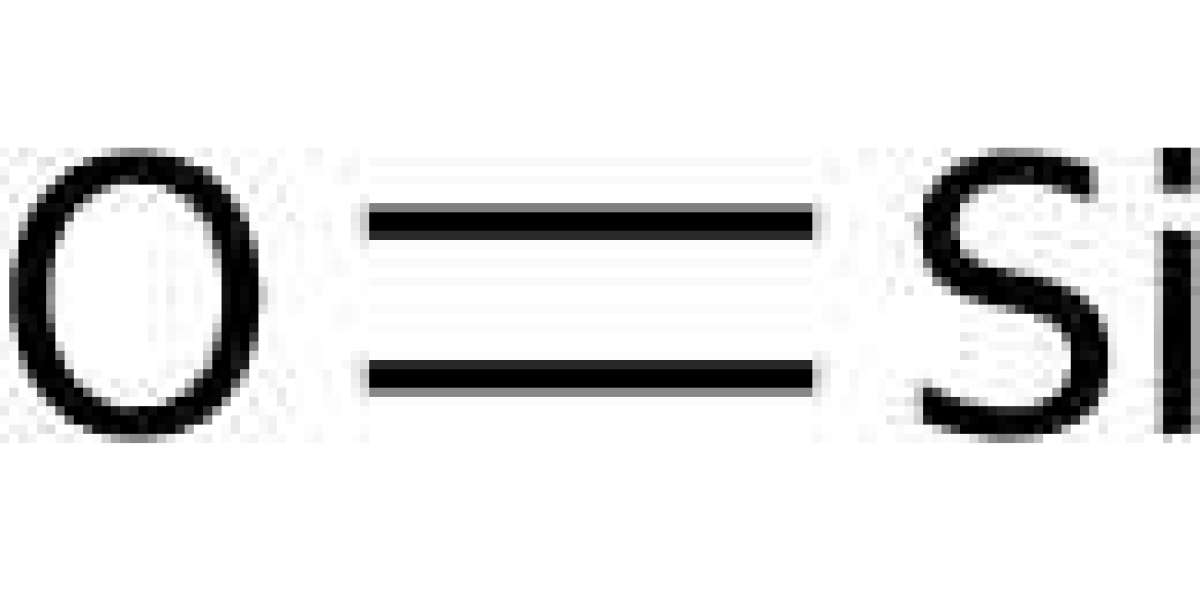A Review: The Development of SiO/C Anode Materials for Lithium-Ion Batteries
Abstract
Lithium-ion batteries are promising energy storage devices used in several sectors, such as transportation, electronic devices, energy, and industry. The anode is one of the main components of a lithium-ion battery that plays a vital role in the cycle and electrochemical performance of a lithium-ion battery, depending on the active material. Recently, SiO compound name has garnered attention for use as an anode in lithium-ion batteries. SiO has a high specific capacity, good cycle stability, abundance, and low-cost processing. However, the high expansion and shrinkage of the SiO volume during lithiation/delithiation, low conductivity, and solid electrolyte interphase formation resulted in damage to the electrode structure and caused a decrease in SiO performance as an anode for a lithium-ion battery. The modified properties of SiO and the use of carbon materials as composites of SiO are effective strategies to overcome these problems. This review focuses on analyzing the role of various carbon materials in composite SiO/C to enhance the performance of SiO materials.
Introduction
Si is the most promising alternative anode material among Si-based materials due to its highest theoretical capacity (4200 mAh g−1). However, the extreme volume changes during the lithiation/delithiation process, due to the formation of the Li-S alloy (Li22Si5, up to 300%), becomes the main problem of Si. Therefore, SiO compound name has become an alternative to Si due to its expansion volume, which is the lowest (100%) compared to Si (300%) and SiO (150%). Compared to Si, the inert phase of Li4SiO4 or Li2O, formed during the lithiation process, might be used as a buffer layer to adapt to the volume changes. Here, volume expansion cannot be disregarded. SiO also has a high theoretical capacity (1965 mAh g−1), low discharge potential, and the preparation process and the required cost are lower than those of Si-based materials. However, the low initial coulombic efficiency (52.38%) and electrical conductivity due to strong Si–O bonds are significant obstacles to the development of SiO compound name as an anode material. Several studies have been developed, such as the use of the amorphous phase of SiO, nanostructure modification of SiO, modification of SiO particle size, modification of SiO composition, and modification of the synthesis method, which aim to improve the electrochemical performance of SiO. However, recent studies have focused on adding an agent that can increase the conductivity of SiO, such as carbon materials, which effectively enhances the electrochemical performance of SiO. The carbon material may prevent aggregation during cycling and increase the conductivity of SiO. Carbon materials can also absorb volume expansion during the lithiation process26 and protect lithium from dendrite growth during the lithiation/delithiation process. The advantage of carbon materials has encouraged recent studies to focus on combining various carbon materials with SiO such as SiO/C, SiO/graphene, SiO/C nanofiber, SiO/C nanotube, and so on.
This review focuses on analyzing the role of various carbon materials in composite SiO/C to enhance the performance of SiO materials. The variety of carbon of composite SiO/C will be grouped as traditional carbon, graphene, carbon nanofibers, and carbon nanotubes. This review also details additional aspects supporting the performance of composite SiO/C materials, such as SiO nanoparticles, crystals or amorphous phases, and the composition of composite SiO/C.

